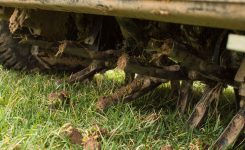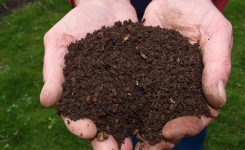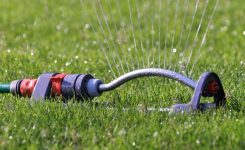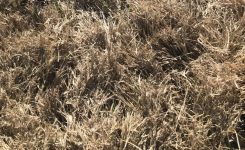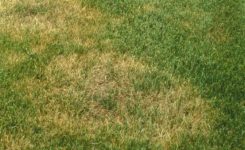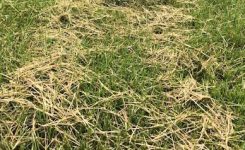Lawn Care Services, Lawn Treatment Solutions Blog
My lawn is brown during the winter. Will it be okay?
My lawn is brown during the winter. Will it be okay?
This is a common question.
Winter can be hard on a lawn even in our area where the cool season is typically relatively mild with short periods of freezing temperatures. Along with sometimes frigid temperatures will come lawn with some brown.
In our transitional climate zone, most plants experience color changes during winter and all of the turfgrasses that are common in our area experience some degree of browning.
Bermudagrass, Centipedegrass, and Zoysiagrass
Bermudagrass, Centipedegrass, and Zoysiagrass (the most common warm-season turfgrasses in our area) turn sandy tan in color during dormancy from late fall through early spring. This is normal and there is nothing that can be done to keep warm season grasses from going dormant in winter.
Bermudagrass is usually totally dormant during the winter and it would be hard to damage. Extremely cold temperatures or heavy use of a dormant lawn could potentially cause some winterkill (loss of turf), but this is unusual and Bermudagrass will typically rebound well from winterkill.
Centipedegrass and Zoysiagrass may not actually be fully dormant during the winter even though they are completely brown in color. They tend to be more vulnerable than Bermudagrass to damage from extended frigid temperatures, fungal disease, or heavy usage. They do rebound reasonably well from winter damage, though typically not as robustly as Bermudagrass.
Fescue Grasses
Fescues (both Tall and Fine Fescues) are cool-season turfgrasses that are semi-dormant during winter in our transitional climate zone. During winter, Fescue grass blades do not grow much, but the root system may continue to grow (except during the coldest weeks of winter). Fescues tend to retain some of their green color during winter, though some yellowing or browning is normal. Damage from frigid temperatures is unlikely, but Fescues may suffer some wear-and-tear damage during winter.
Tall Fescue lawns that are greener than others during winter may be the result of high levels of nitrogen fertilizers being applied to those lawns in late fall. Crownover Green fertilizes with a healthy level of nutrients in the fall but we will not overdose a lawn with nitrogen for the sake of color. When a lawn is overdosed with nutrients late in the growing season, the grass may not use all of the nutrients and the excess nutrients either drain into our groundwater or run off into our waterways. Lawn over-fertilization contributes to problems with ecosystems downstream.
Will My Brown Winter Lawn Turn Green Again?
Browning of turf during winter in our area is normal and every type of turf generally returns to its beautiful green color during its growing season. We cannot guarantee that your lawn will totally escape winter damage as there are numerous factors that we cannot control. However, we do guarantee that if your lawn experiences damage during winter, then we will work with you to get your lawn looking beautiful as quickly as possible.

